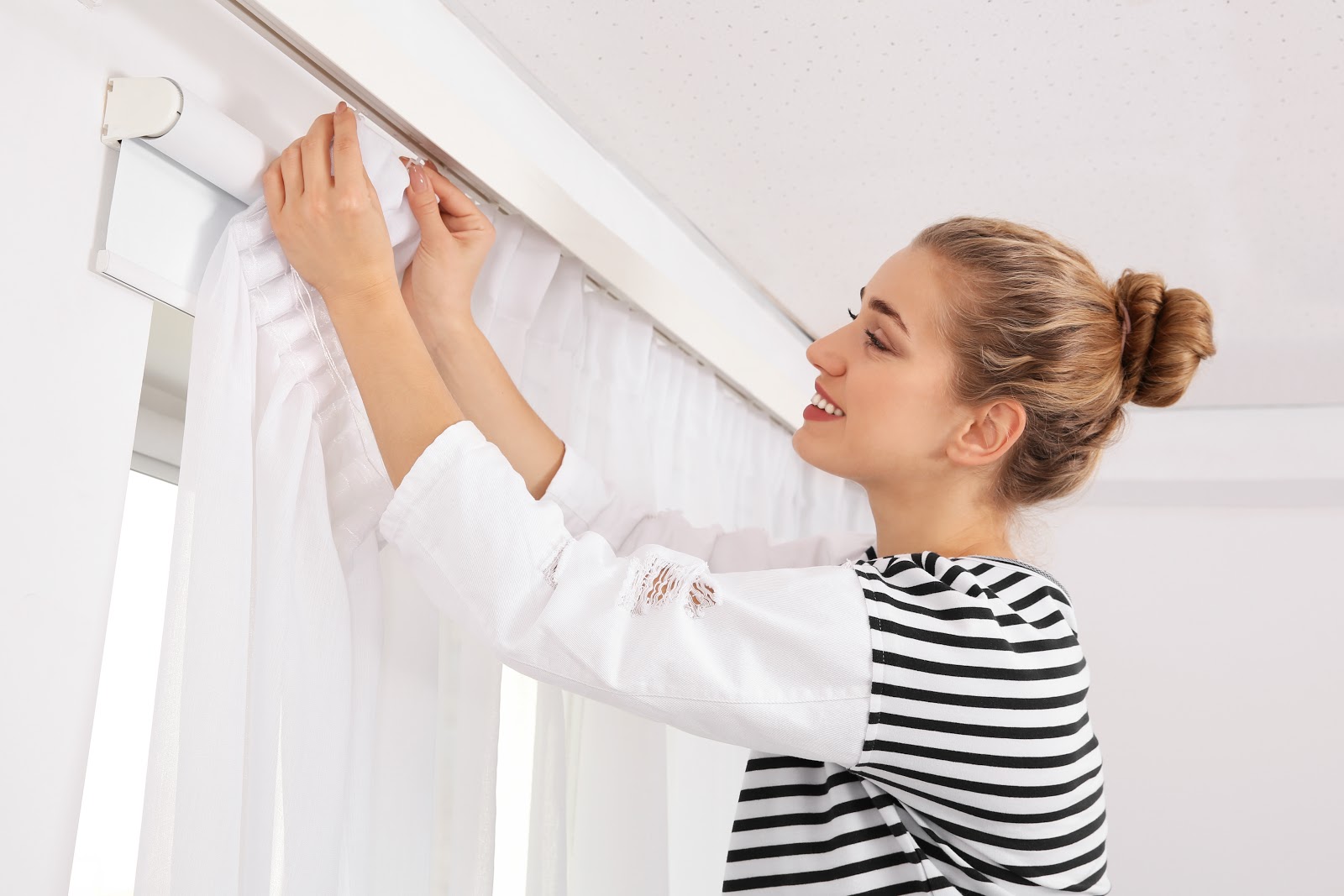

Articles
How Much To Install Curtains
Modified: February 27, 2024
Looking for articles on how much it costs to install curtains? Find all the information you need about curtain installation expenses and budgeting tips in this comprehensive guide.
(Many of the links in this article redirect to a specific reviewed product. Your purchase of these products through affiliate links helps to generate commission for Storables.com, at no extra cost. Learn more)
Introduction
Installing curtains in your home can not only enhance the aesthetics of your space but also provide privacy, control light, and even save energy. However, before diving into the installation process, it’s crucial to have an understanding of the factors that can affect the cost. From the type of curtains you choose to the labor involved, there are several considerations to keep in mind.
In this article, we will explore the various factors that can impact the cost of curtain installation, including materials, labor, and additional expenses. Whether you’re planning to tackle the project yourself or hire a professional, having a comprehensive understanding of these factors will help you make informed decisions and ensure a successful installation.
Key Takeaways:
- Understanding the factors that impact the cost of curtain installation, such as window size, material choice, and labor options, is crucial for making informed decisions and achieving a successful and budget-friendly outcome.
- Whether opting for DIY installation or hiring a professional, carefully considering the type of curtains, additional expenses, and long-term maintenance costs ensures a beautiful and functional window treatment that complements your home’s interior.
Read more: How To Install Swag Curtains
Factors to Consider
Before installing curtains, it’s important to consider several factors that can influence the overall cost. These factors include:
- Window Size: The size of the windows in your home will directly impact the cost of curtain installation. Larger windows require more fabric, hardware, and labor, which can increase the overall expense.
- Curtain Type: There are various types of curtains available, ranging from basic panels to elaborate draperies. The type of curtain you choose will affect the cost, as more intricate styles may require additional materials and labor.
- Material Cost: The type of fabric you select for your curtains can greatly vary in price. High-end fabrics such as silk or velvet will generally be more expensive than synthetic or cotton materials. Keep in mind that certain materials may require special care or maintenance, which can also contribute to long-term costs.
- Window Treatments: If you’re opting for additional window treatments, such as valances or blinds, these will add to the overall cost. These treatments may require separate installations or additional hardware.
- Customization: Customized curtains, which are tailored to your specific window dimensions or design preferences, can be more costly than ready-made options. However, they offer a unique and personalized touch to your space.
- Hardware and Accessories: The cost of curtain rods, brackets, rings, tiebacks, and other accessories should also be considered. These items can vary in price depending on the quality and design.
- Location: The location of your home can affect the cost due to regional variations in labor rates and material availability. Urban areas and cities may generally have higher installation costs compared to rural locations.
By taking these factors into account, you can better estimate the overall expense of installing curtains in your home. It’s essential to assess your budget and priorities to make an informed decision about the type of curtains and installations that best suit your needs.
Cost of Materials
When it comes to installing curtains, the cost of materials can vary depending on your preferences and the quality you desire. Here is a breakdown of the key materials you will need and their associated costs:
- Fabric: The main material for your curtains is the fabric itself. The cost of fabric can vary greatly depending on factors such as the type of fabric, brand, and the amount needed to cover your windows. Basic fabrics made from synthetic materials like polyester can range from $5 to $20 per yard, while higher-end fabrics like silk or linen can cost anywhere from $20 to $100 per yard.
- Lining: If you prefer to add lining to your curtains for added insulation, privacy, or light control, this will be an additional expense. Lining materials can range from plain cotton to blackout lining, with prices varying accordingly. On average, you can expect to spend around $5 to $15 per yard for curtain lining.
- Rods and Hardware: Curtain rods, brackets, rings, and other hardware are essential for hanging your curtains. The cost of these items can vary depending on the quality, design, and finish you choose. Basic curtain rods can start at as little as $10, while more decorative and premium options can range from $30 to $100 or more.
- Accessories: Optional accessories such as tiebacks, trimmings, or decorative accents can add extra flair to your curtains. The cost of these items will depend on your personal preferences, with prices ranging from a few dollars to a higher-end luxury cost.
It’s important to carefully consider your budget when purchasing materials for your curtains. While it can be tempting to opt for cheaper options, keep in mind that investing in higher-quality materials can result in curtains that last longer and provide better functionality and aesthetics.
Before making any purchases, take accurate measurements of your windows to ensure you buy the correct amount of fabric and hardware. This will help you avoid unnecessary wastage and additional costs.
Labor Costs
When it comes to installing curtains, you have the option to either hire a professional or tackle the project yourself. Here are some factors to consider when estimating labor costs:
- Professional Installation: Hiring a professional curtain installer ensures a hassle-free and expertly executed installation. The cost of professional labor can vary depending on factors such as the complexity of the project, location, and the experience level of the installer. On average, you can expect to pay anywhere from $100 to $300 per window for professional installation.
- DIY Installation: Installing curtains yourself can save you money, but it will require your time, effort, and some basic knowledge of tools and techniques. If you choose to go the DIY route, keep in mind that you may need to invest in tools and supplies such as a drill, level, screwdriver, and measuring tape. However, if you already have these tools on hand, the cost of labor will be significantly reduced.
- Time and Skill: Another factor to consider is the amount of time and skill required to install curtains. If you have little experience with DIY projects or lack the time to dedicate to the installation, hiring a professional may be the better option. On the other hand, if you enjoy DIY projects and have the necessary skills, you can save money by doing it yourself.
It’s important to note that labor costs can also vary depending on the complexity of the installation. For example, if you have large or irregularly shaped windows, or if your curtains require complex drapery tracks or motorized systems, the labor costs may be higher due to the additional time and expertise required.
Ultimately, the decision to hire a professional or install curtains yourself depends on your budget, time constraints, and personal comfort level. Evaluating these factors will help you determine the best approach for your project.
When considering the cost of installing curtains, it’s important to factor in the type of curtains, the size of the windows, and any additional hardware or accessories needed. It’s also a good idea to get quotes from multiple installers to ensure you’re getting the best price.
Types of Curtains
There is a wide variety of curtain styles to choose from, each offering unique design elements and functionality. Here are some common types of curtains:
- Panel Curtains: Panel curtains are the most basic and versatile type of curtain. They typically come in pairs and can be easily hung using curtain rods. Panel curtains are available in various lengths, colors, and patterns, making them suitable for different room styles and preferences.
- Sheer Curtains: Sheer curtains are lightweight, translucent curtains that allow diffused light to enter the room while providing minimal privacy. They are often used in combination with other curtains or blinds to create an elegant layered look. Sheer curtains come in a range of colors and designs, allowing you to add a touch of elegance to your space.
- Blackout Curtains: Blackout curtains are designed to block out light and provide maximum privacy. They are commonly used in bedrooms, nurseries, or home theaters to create a darkened environment. These curtains are made with a special lining that effectively blocks light and helps insulate the room from heat and cold.
- Valances: Valances are decorative fabric panels that are placed at the top of a window to conceal curtain hardware and add a finishing touch to the window treatment. Valances come in various styles, including pleated, ruffled, or scalloped, and can be made from the same fabric as the curtains or a complementary material.
- Draperies: Draperies are a more formal and often luxurious type of curtain. They are made from heavier fabrics and are typically pleated to add volume and drama to the window treatment. Draperies are often custom-made and can be floor-length, creating an elegant and sophisticated look in your space.
- Tie-up Curtains: Tie-up curtains, also known as Roman shades, are curtains that are raised and secured in place using fabric ties or cords. This style provides a tailored and neat appearance and allows for adjustable light control. Tie-up curtains are suitable for various room styles and can add a touch of elegance to your windows.
Choosing the right type of curtains depends on your style preferences, the functionality you desire, and the overall aesthetics of your space. Consider the room’s purpose, the amount of light control and privacy you need, and the overall design scheme when selecting the perfect curtains for your home.
Read more: How Much Are Blackout Curtains
Additional Costs
When calculating the cost of installing curtains, it’s important to consider any additional expenses that may arise throughout the process. Here are some factors that can contribute to the overall cost:
- Installation Supplies: Depending on your chosen installation method, you may need additional supplies such as screws, anchors, or brackets to properly secure the curtain hardware. These supplies can add to the overall cost, especially if you don’t already have them on hand.
- Removal and Disposal: If you’re replacing existing curtains or window treatments, you may need to account for the cost of removing and disposing of the old ones. This can involve labor costs or fees for disposal services, which can vary depending on your location and the size of the project.
- Window Preparation: In some cases, the windows may need to be prepared or repaired before installing curtains. This can include patching holes, sanding surfaces, or adjusting the window frame. Any necessary repairs or preparations should be factored into the overall costs.
- Alterations or Customizations: If you choose to alter or customize your curtains, such as adding trim, embellishments, or pleats, there may be additional costs involved. Customizations often require extra fabric and labor, which can increase the overall expense.
- Professional Consultation or Design Services: If you’re seeking professional advice or assistance in selecting the right curtains or designing your window treatments, there may be consultation or design fees involved. These services can provide valuable guidance and ensure that your curtains complement your space perfectly.
- Curtain Maintenance: It’s important to consider the long-term maintenance costs of your curtains as well. This can include dry-cleaning services or the purchase of maintenance products to keep your curtains looking their best over time.
By accounting for these additional costs in your budget, you can ensure that you have a realistic estimate of the total expenses involved in installing curtains in your home. Review your project requirements thoroughly and consult with professionals if necessary to get an accurate understanding of the potential additional costs.
DIY vs Professional Installation
When it comes to installing curtains, you have the option to either tackle the project yourself or hire a professional. Here are some key considerations to help you decide between DIY and professional installation:
DIY Installation:
- Cost Savings: One of the main advantages of DIY installation is the potential cost savings. By taking on the project yourself, you can avoid labor costs associated with hiring a professional.
- Flexibility and Control: DIY installation allows you to have full control over the process. You can choose the materials, hardware, and design elements that best fit your preferences and budget.
- Sense of Accomplishment: Completing a DIY project can give you a sense of accomplishment and pride. If you enjoy hands-on work and have some basic tools and skills, installing curtains yourself can be a rewarding experience.
- Learning Opportunity: DIY installation provides an opportunity to learn new skills and gain knowledge about the installation process. This can be valuable for future home improvement projects.
Professional Installation:
- Expertise and Experience: Hiring a professional ensures that the installation is done with expertise and precision. Professionals have the knowledge and experience to handle different types of curtains and complex installations.
- Time and Convenience: Installing curtains can be time-consuming, especially if you have multiple windows or complex designs. By hiring a professional, you can save time and focus on other tasks while the installation is handled efficiently.
- Quality and Warranty: Professional installers often provide a warranty or guarantee on their work. This gives you peace of mind knowing that any issues or defects will be rectified without additional costs.
- Complex Installations: If you have large windows, special hardware requirements, or unique design elements, professional installation may be the best option. Professionals are equipped to handle complex installations that require specialized knowledge and tools.
Ultimately, the decision between DIY and professional installation depends on your skill level, time availability, budget, and the complexity of the project. If you’re confident in your abilities and have the necessary tools, DIY installation can be a cost-effective and rewarding choice. On the other hand, if you value expertise, convenience, and a guarantee of quality work, hiring a professional may be the better option.
Consider these factors carefully and assess your abilities before making a decision. Whether you choose to install curtains yourself or hire a professional, the result will be beautiful and functional window treatments that enhance the aesthetics of your home.
Conclusion
Installing curtains in your home is an excellent way to enhance the aesthetics, privacy, and functionality of your space. By considering the various factors that can impact the cost, you can effectively plan and budget for your curtain installation project.
Factors such as window size, curtain type, material cost, and additional expenses all play a role in determining the overall cost. Carefully choosing the right materials, including fabric, lining, rods, and accessories, is essential to achieving the desired look and functionality while staying within your budget.
When it comes to labor costs, you can choose between DIY installation or hiring a professional. DIY installation provides cost savings and a sense of achievement, but it requires time, effort, and some basic skills. On the other hand, professional installation offers expertise, convenience, and a guarantee of quality work.
Understanding the different types of curtains available, such as panel curtains, sheer curtains, blackout curtains, valances, draperies, and tie-up curtains, can help you select the style that best suits your needs and complements your home’s décor.
It’s important to consider additional costs such as installation supplies, removal and disposal, window preparation, alterations or customizations, professional consultation or design services, and long-term maintenance. By factoring in these additional expenses, you can have a more accurate estimation of the total cost of your curtain installation project.
Ultimately, whether you choose to install curtains yourself or hire a professional, the result will be beautiful window treatments that enhance your home’s interior. Consider your skills, available time, and budget when making the decision.
By keeping these factors in mind and making informed choices, you can successfully install curtains in your home and create a stylish and functional living space that reflects your personal taste and meets your needs.
Frequently Asked Questions about How Much To Install Curtains
Was this page helpful?
At Storables.com, we guarantee accurate and reliable information. Our content, validated by Expert Board Contributors, is crafted following stringent Editorial Policies. We're committed to providing you with well-researched, expert-backed insights for all your informational needs.
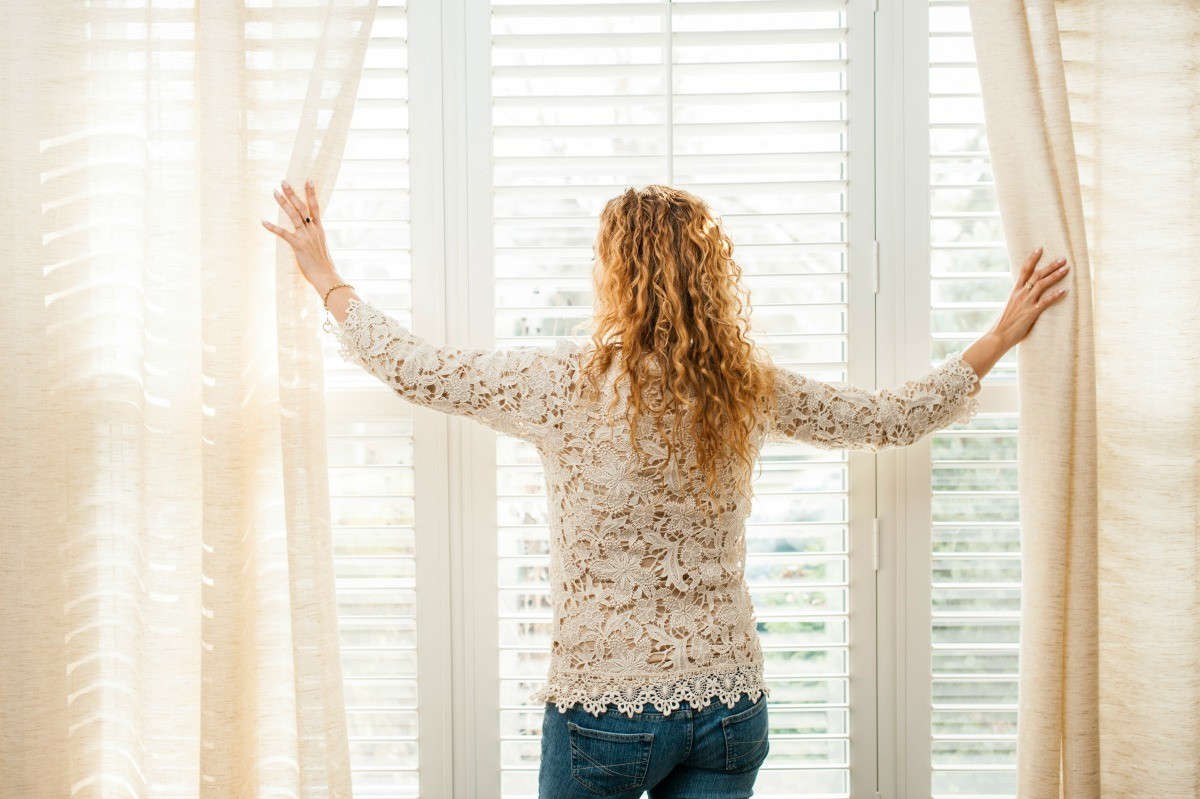
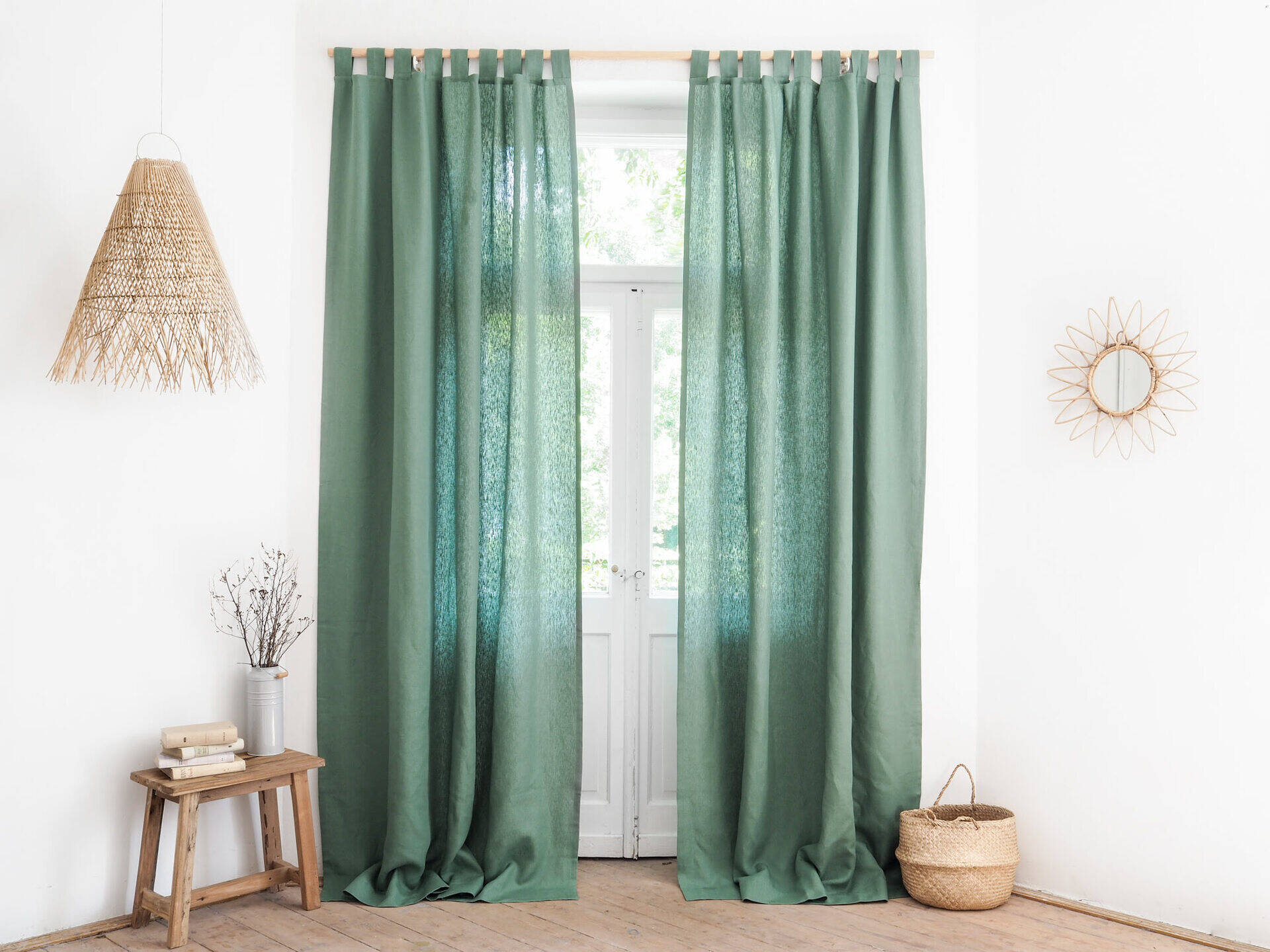
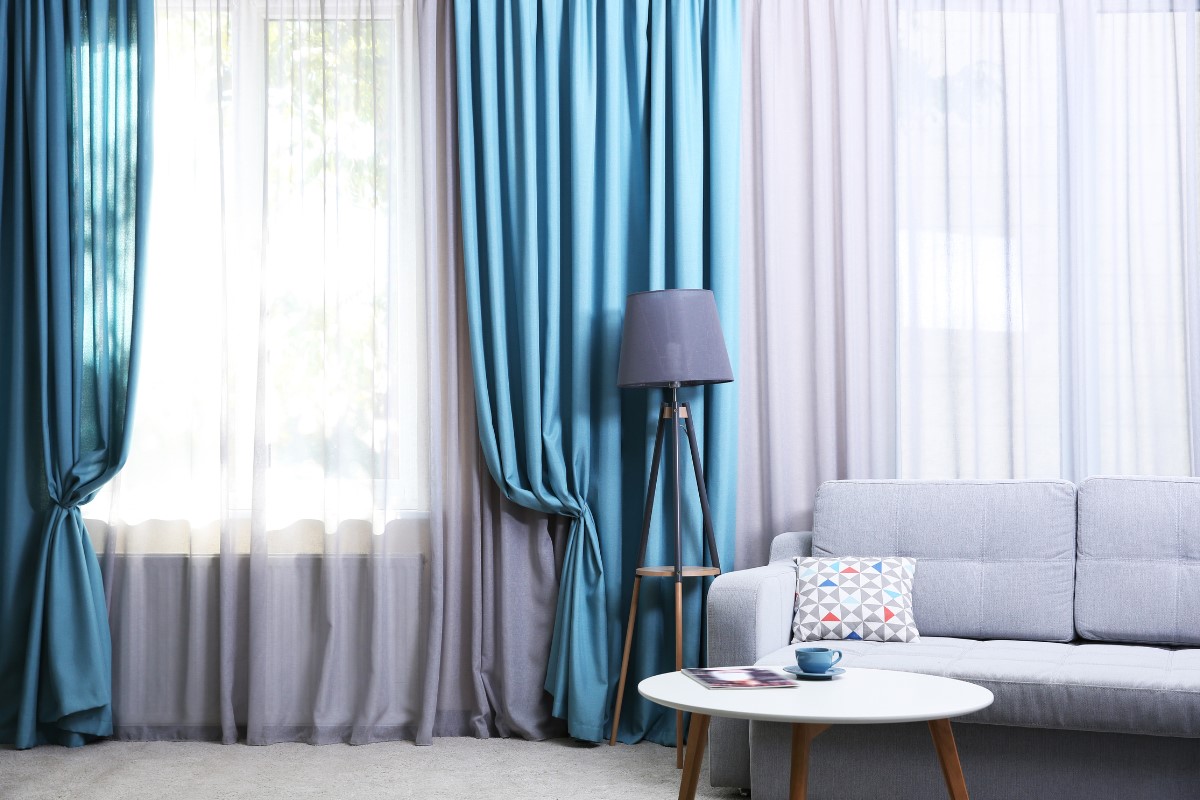
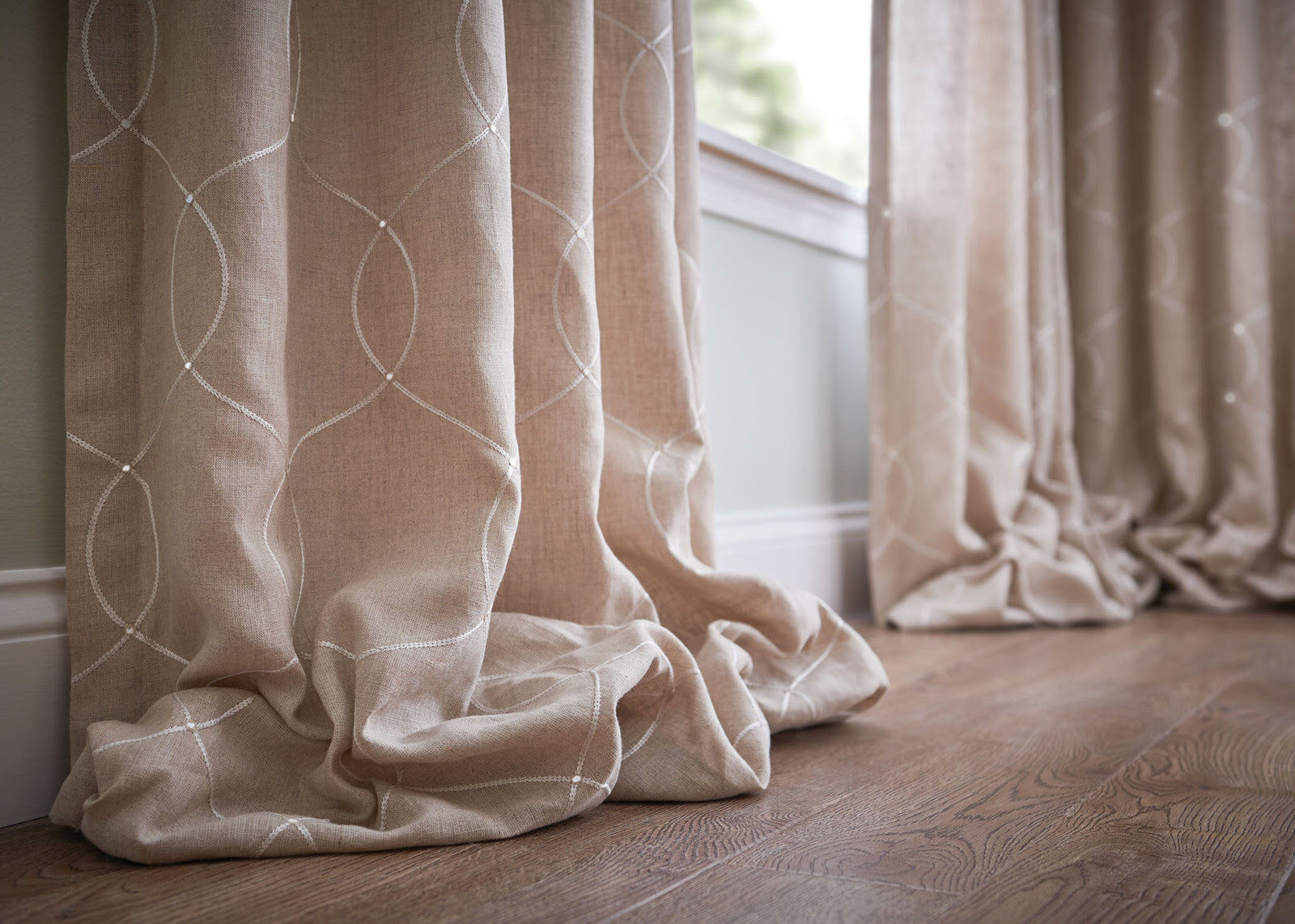

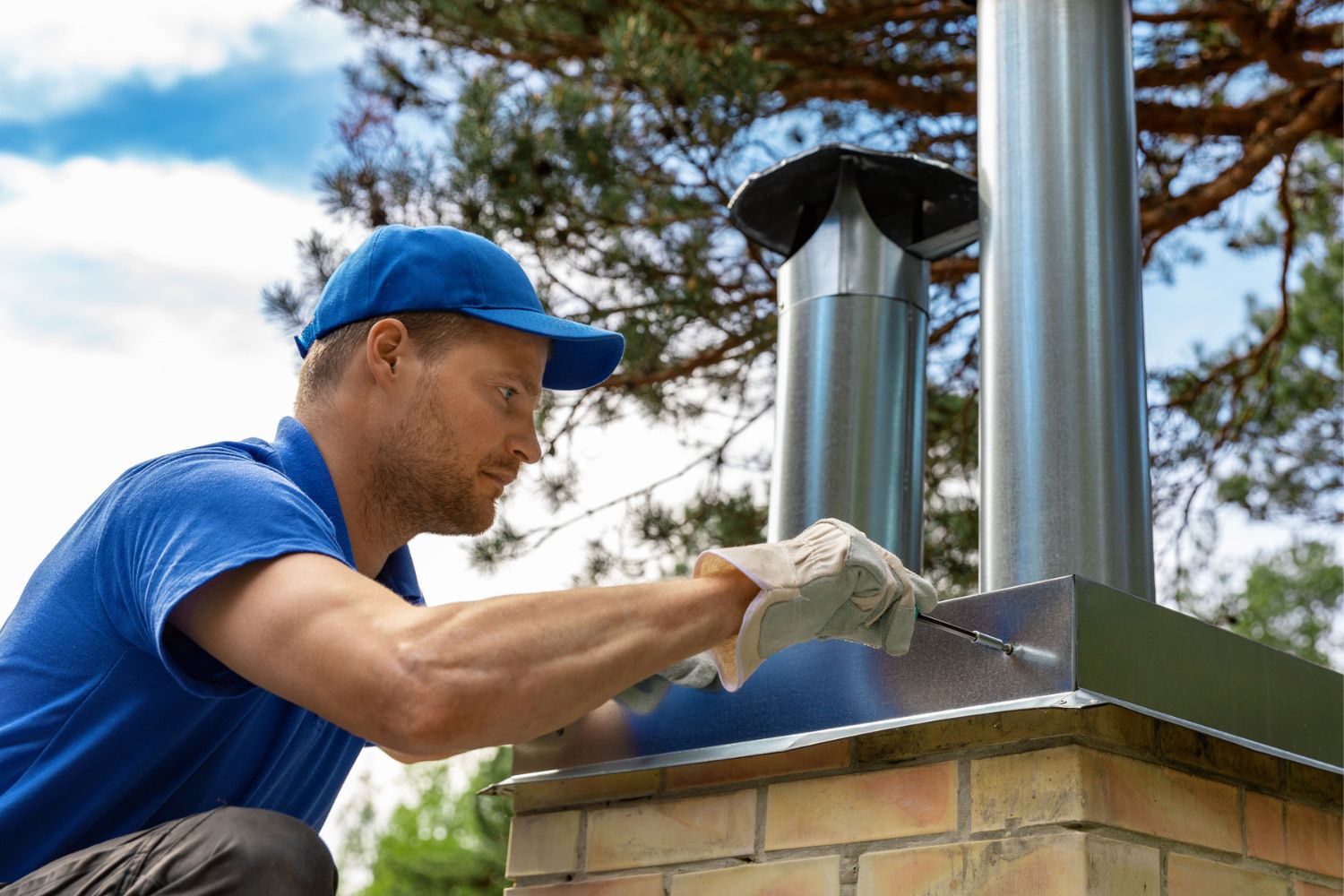
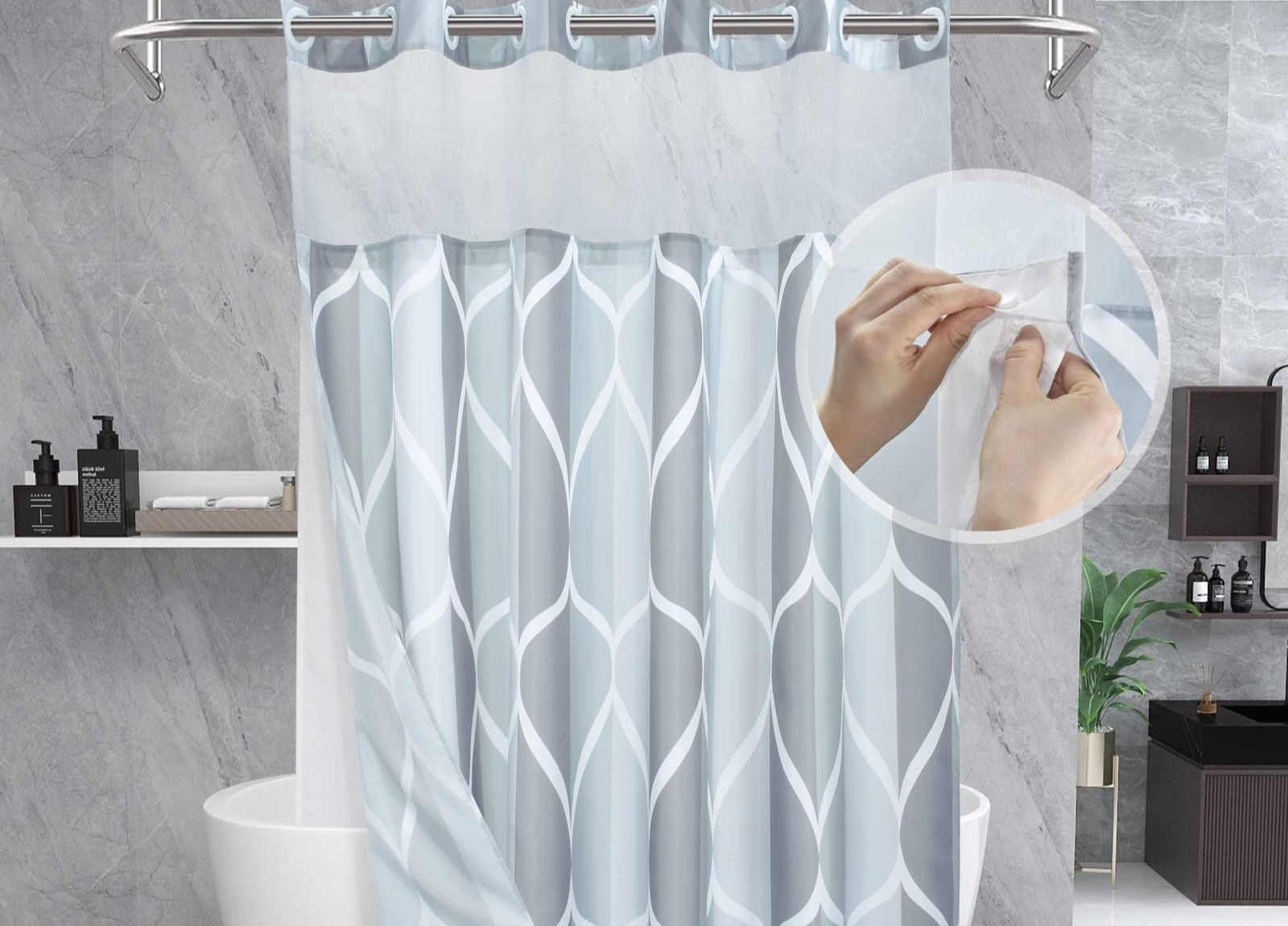
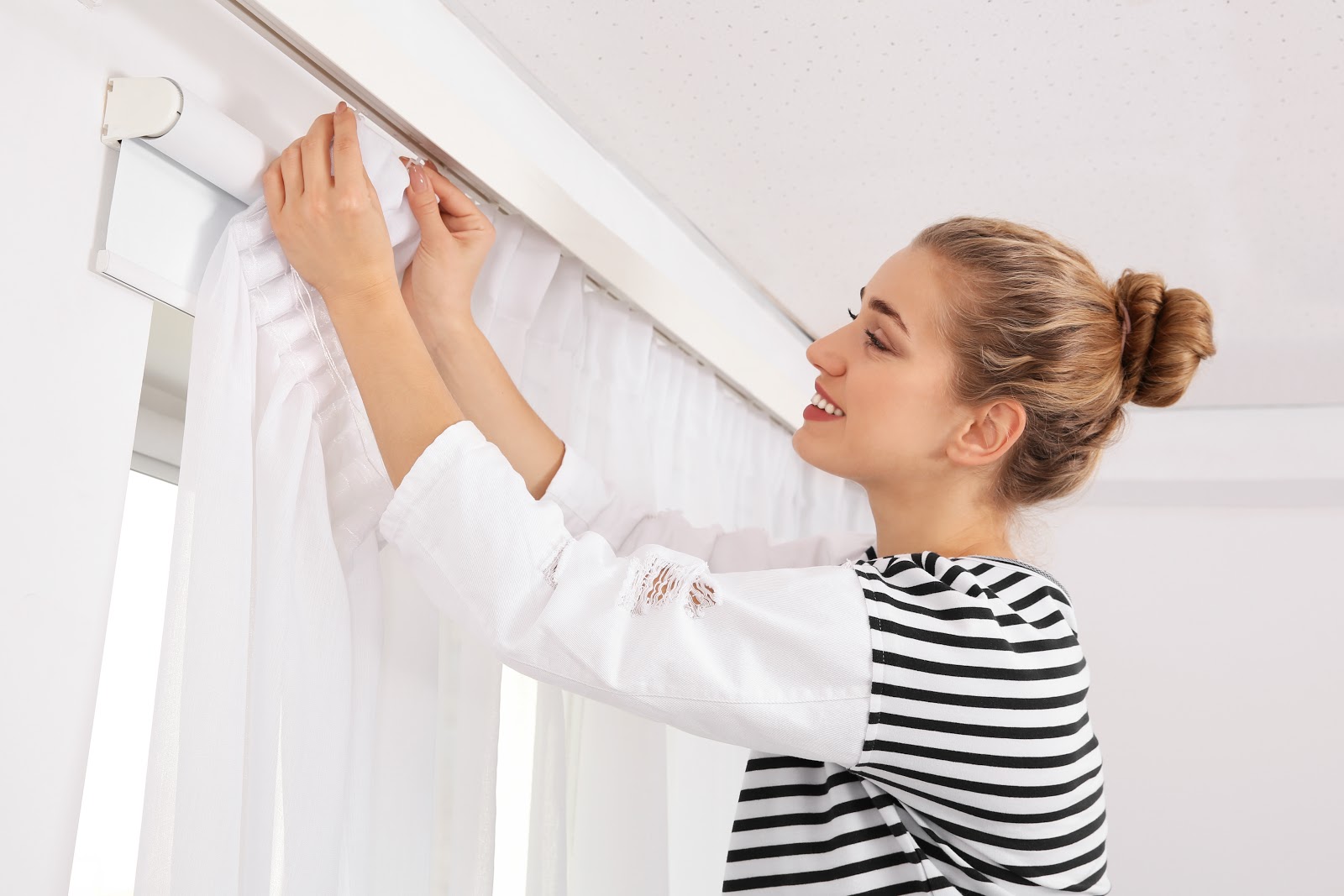

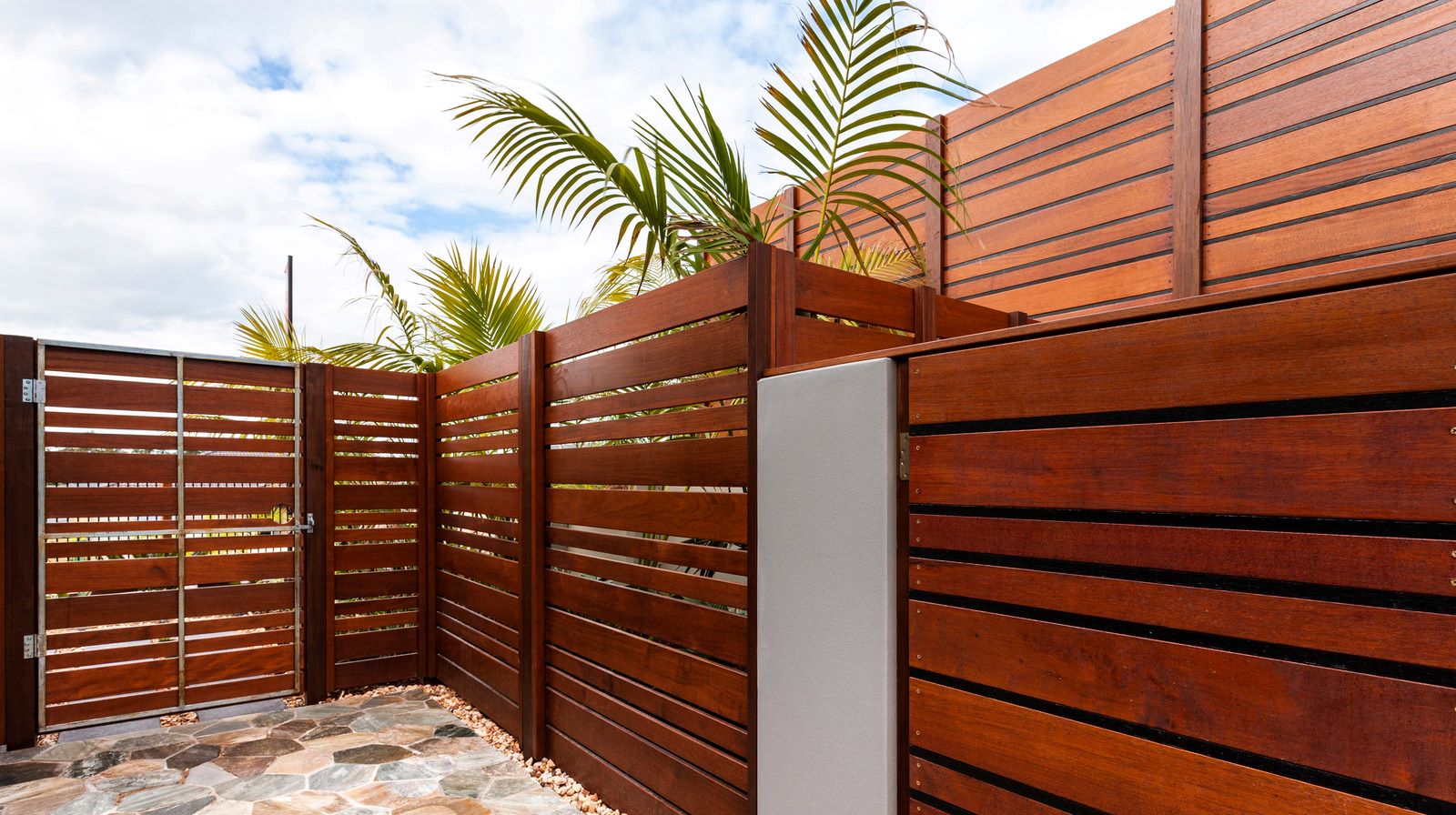

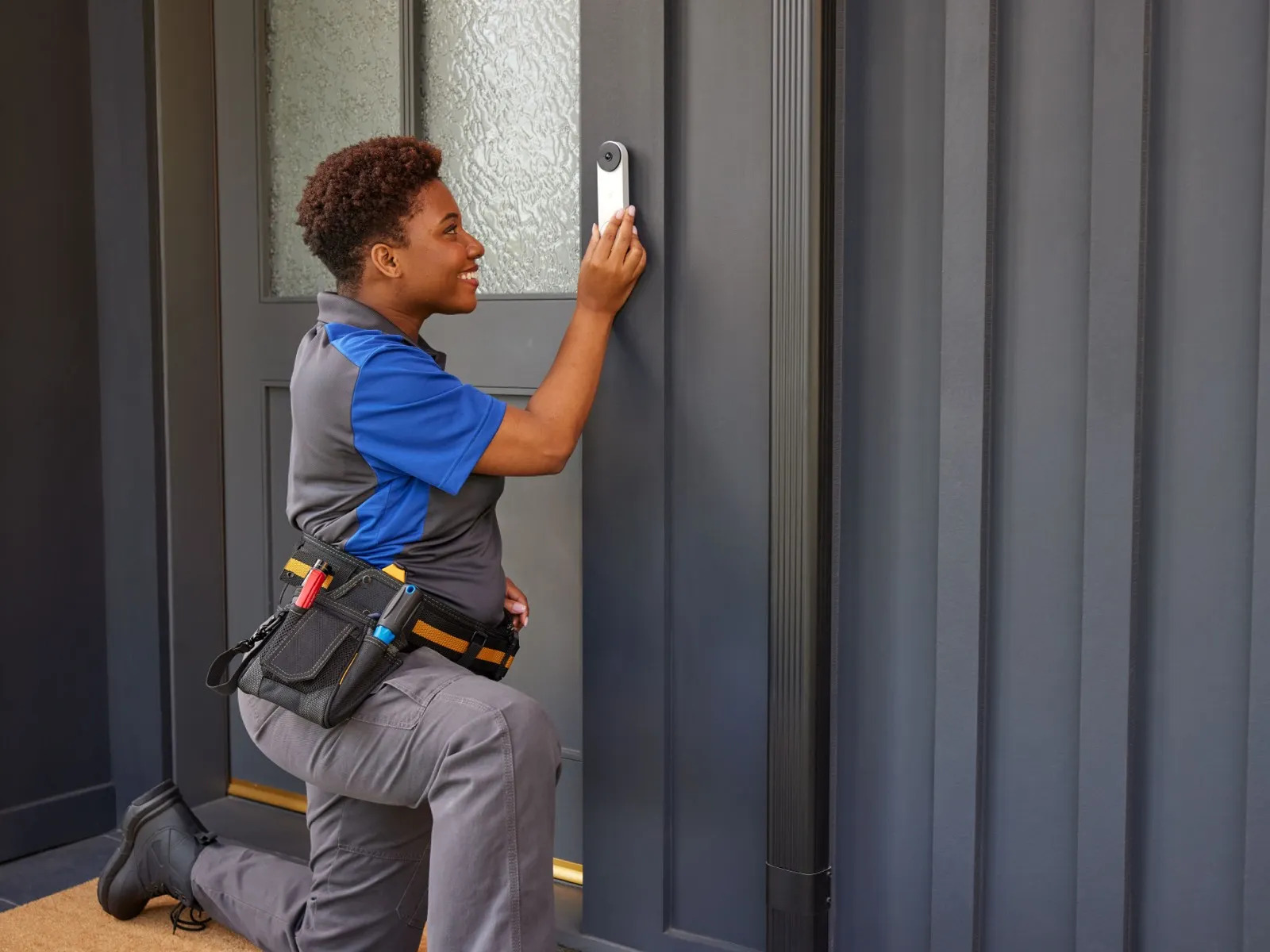
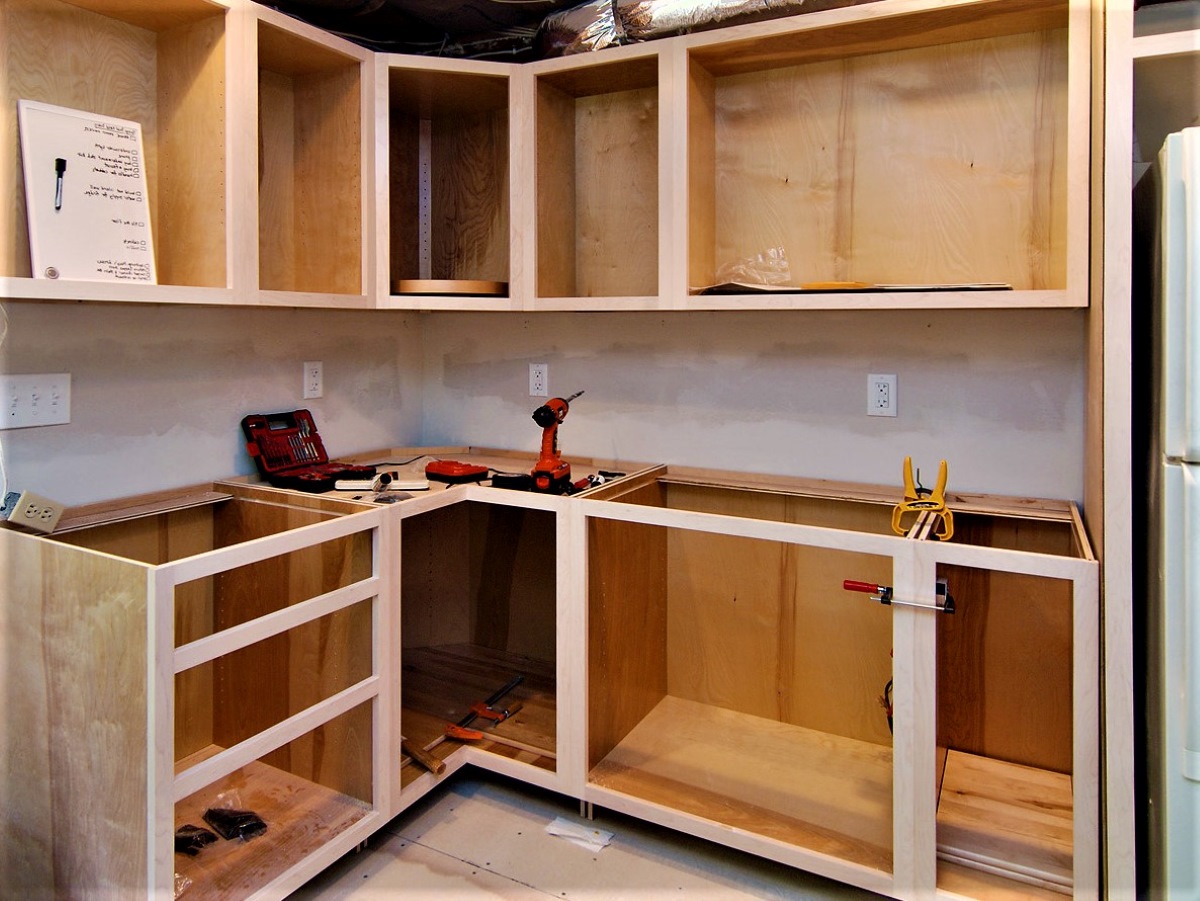
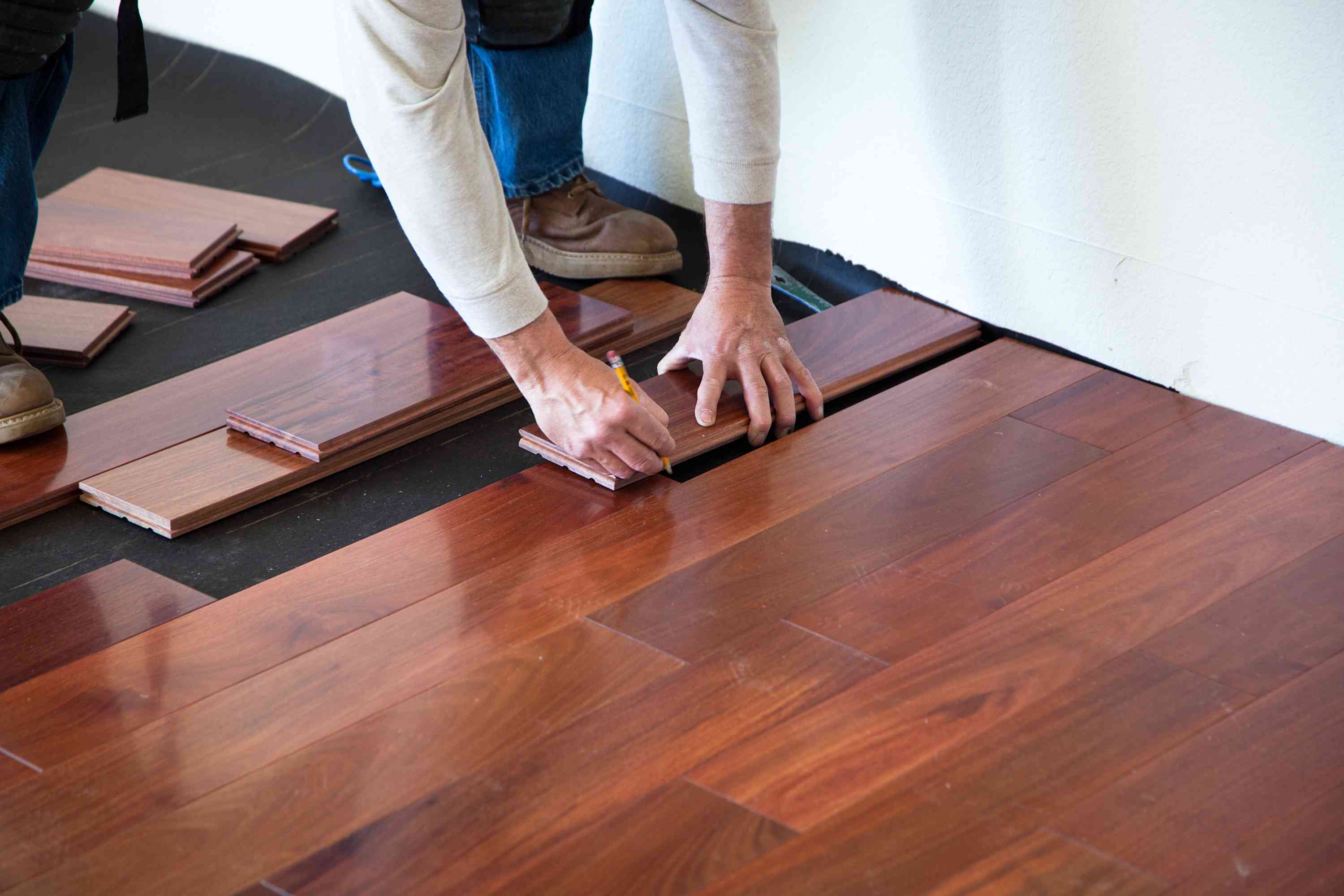

0 thoughts on “How Much To Install Curtains”